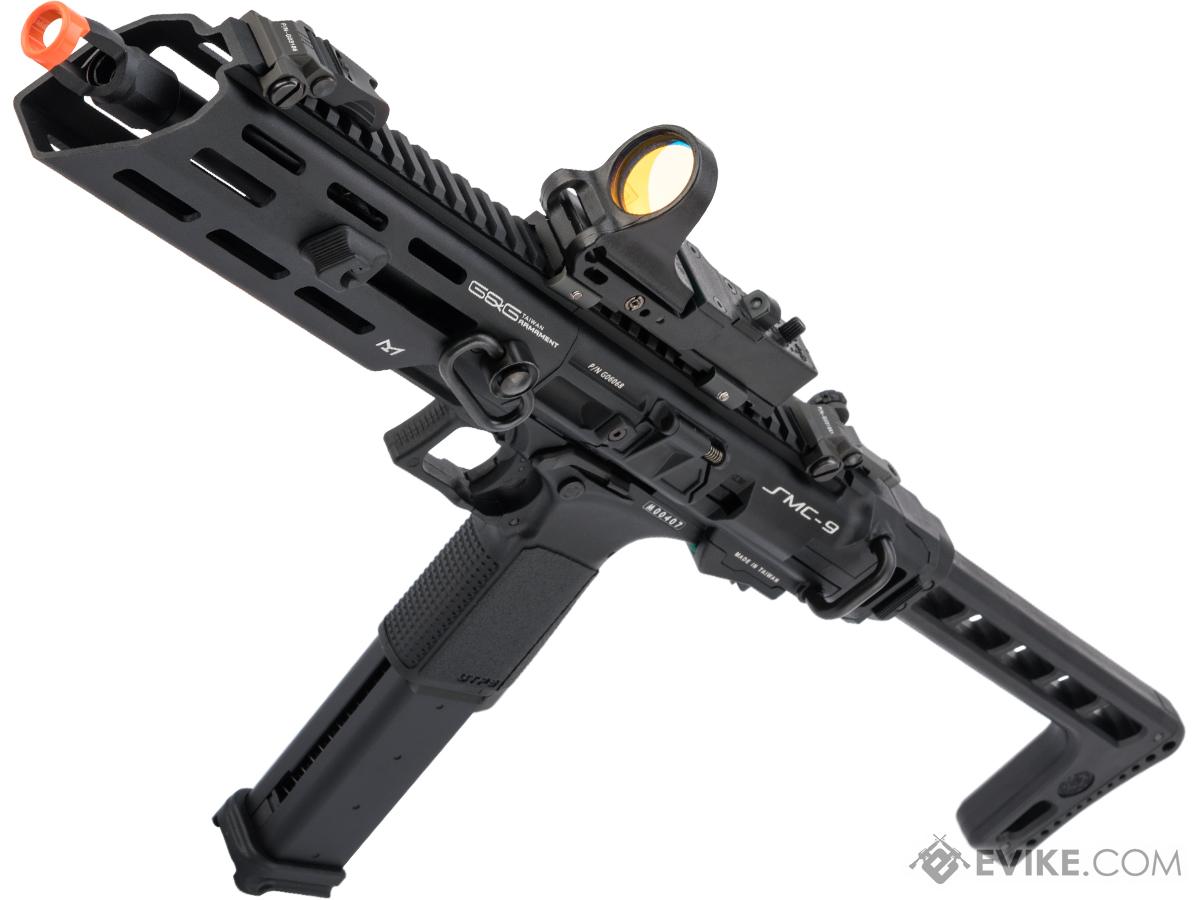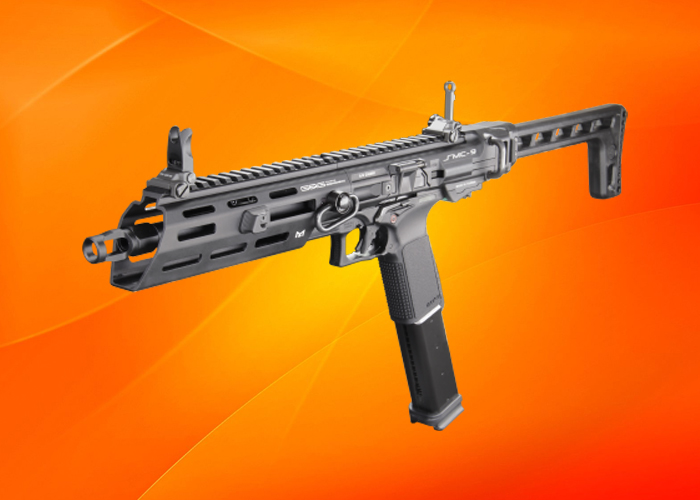The start of early contemporary warfare about the 16th century had infantry armed with guns, triggering cavalry to do the very same, even though reloading muzzle loading guns while moving mounted was highly unwise. Some cavalry, such as the German Reiters, included several handguns, while other cavalry, such as harquebusiers, attempted numerous much shorter, lightened versions of the infantry arquebus weapons the first carbines.

Dragoons and other mounted infantry that dismounted for battles generally embraced basic infantry firearms, though some preferred versions that were less overloading when riding something that might be set up to hang clear of the rider's elbows and horse's legs. While more portable, carbines had the basic drawbacks of less accuracy and power than the longer guns of the infantry.
Carbines found increased usage beyond basic cavalry and infantry, such as support and artillery soldiers, who might require to protect themselves from attack but would be impeded by keeping full-sized weapons with them continually; a common title for many short rifles in the late 19th century was artillery carbine.
Excitement About Everything You Need To Know About Pistol Caliber Carbines
A notable weapon developed towards completion of the American Civil War by the Union was the Spencer carbine, among the very first breechloading, duplicating weapons. It had a spring-powered, detachable tube publication in the buttstock which held 7 rounds and might be refilled by placing extra tubes. It was planned to give the cavalry a replacement weapon which could be fired from horseback without the need for uncomfortable reloading after each shot although it saw service primarily with dismounted troopers, as was typical of cavalry weapons during that war.

, who might carry a revolver and a carbine, both utilizing the very same ammo.
In the decades following World War I, the standard fight rifle used by armies worldwide had been growing shorter, either by redesign or by the basic problem of carbine versions rather of full-length rifles. This move was initiated by the U.S. Model 1903 Springfield, which was initially produced in 1907 with a short 24-inch (610 mm) barrel, providing a short rifle that was longer than a carbine but shorter than a normal rifle, so it could be issued to all soldiers without need for different variations.
The 9-Minute Rule for Top 7 9mm Pistol-caliber Carbines
2 mm (18. (although this did not stop soldiers from using them on the front line).
30-06 M1 Garand, as is typical for the majority of rifles and carbines, however it was an entirely different style, firing a smaller sized, less-powerful cartridge. The "M1" designates each as the first model in the brand-new U.S. classification system, which no longer utilized the year of intro however a sequential series of numbers starting at "1": the M1 Carbine and M1 Rifle.

Unlike previous wars, which were frequently battled primarily from fixed lines and trenches, World War II was an extremely mobile war, typically fought in cities, forests, or other areas where mobility and presence were limited. In addition, improvements in artillery made moving infantry in open areas even less practical than it had actually been.
The Best Guide To Basics Of Pistol Caliber Carbine Operation
62mm battle rifles for some decades later on, although by this point, the 5. 56mm has actually been embraced by nearly all NATO countries and numerous non-NATO countries too. This 5. 56mm NATO round was even lighter and smaller sized than the Soviet 7. 6239mm AK-47 cartridge however possessed greater velocity. In U.S.
Another factor is that with the increasing weight of technology, sighting systems, ballistic armor, etc, the only method to lower the problem on the modern soldier was to equip them with a smaller, lighter weapon. Also, contemporary soldiers rely a good deal on automobiles and helicopters to carry them around the fight location, and a longer weapon can be a serious barrier to entering and leaving these cars.
Militaries with restricted mobility such as vehicle operators, or a greater requirement for movement such as team leaders, were released M4 carbines. In 2015, the Marine Corps authorized the M4 carbine for standard issue to front-line Militaries, changing the M16A4 rifle. The rifles are provided to support troops while the carbines go to the front-line Militaries, in a turnaround of the conventional roles of "rifles for the front line, carbines for the back".
How To Operate A Pistol Caliber Carbine Can Be Fun For Everyone
Compared to submachine weapons, carbines have a higher effective range and can permeating helmets and body armor when utilized with armor-piercing ammunition. Submachine guns are still used by military special forces and cops SWAT groups for close quarters battle because they are "a pistol quality weapon that's simple to manage, and less most likely to over-penetrate the target." Also, carbines are harder to navigate in tight encounters where exceptional variety and stopping power at distance are not terrific considerations. The modern-day use of the term carbine covers similar scope as it always had, particularly lighter weapons (normally rifles) with barrels up to 20 inches (510 mm) in length. These weapons can be thought about carbines, while rifles with barrels longer than 20 inches are usually ruled out carbines unless specifically named so.
Flash suppressors are a common, partial solution to this problem, although even the very best flash suppressors are hard put to deal with the excess flash from the still-burning powder leaving the short barrel (and they also add several inches to the length of the barrel, decreasing the purpose of having a short barrel in the first place).
get more info